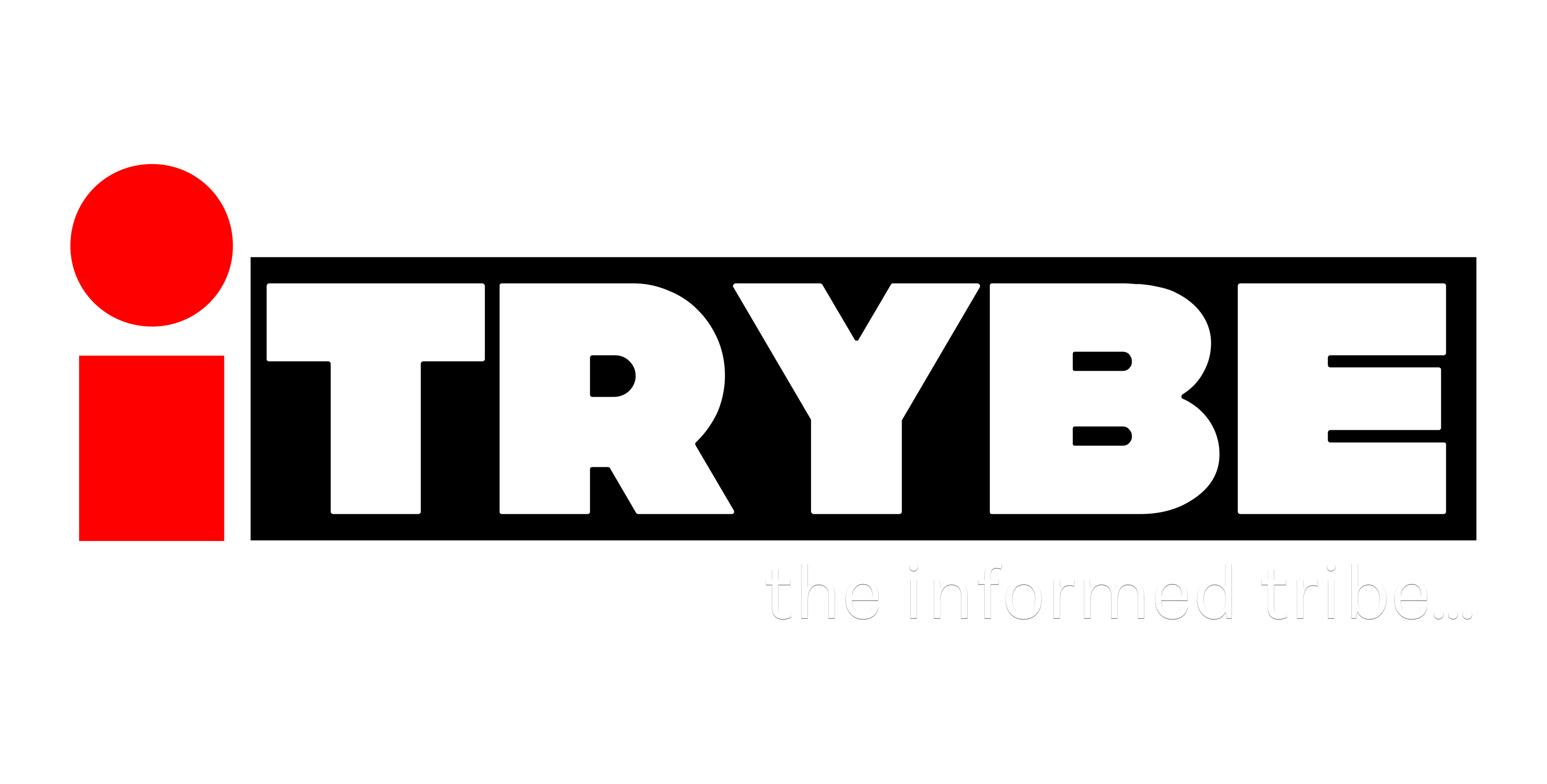As leaders, we often face a daunting challenge: shaping and maintaining a positive company culture. It’s a struggle that can keep you awake at night, worrying about disengaged employees, high turnover rates, and the overall morale of your teams.
The sad truth is that many organizations suffer from a toxic culture, where employees feel undervalued and unmotivated. This doesn’t just affect productivity; it can also impact the mental well-being of everyone involved.
The Weight of Company Culture
Imagine walking into your workplace and the air is thick with tension. Colleagues avoid eye contact, conversations are whispered, and the once-vibrant energy has faded. This was the reality for a friend of mine who stepped into a leadership role at a struggling company. He inherited a team that was demoralized, feeling defeated by a lack of recognition and support. “It was like walking into a graveyard,” he told me. “I had to change it, but I didn’t know where to start.”
This story resonates with so many leaders. When company culture goes sour, it affects everything: creativity, collaboration, and even the bottom line. A toxic culture can lead to high employee turnover, increased absenteeism, and a general sense of discontent. Employees who feel unsupported are less likely to go the extra mile, which can stifle innovation and hinder growth. But the good news is that, as a leader, you have the power to turn things around. With the right approach, you can create a vibrant and supportive culture where everyone thrives.
The Importance of Company Culture
Company culture encompasses the values, beliefs, and behaviors that shape how employees interact and work together. It’s more than just a mission statement or a set of rules; it’s the unwritten code that governs daily interactions. When the culture is strong, employees feel a sense of belonging and commitment to their work. They are more likely to collaborate, share ideas, and support one another.
On the other hand, a weak culture can lead to a lack of trust and communication. Employees may feel isolated, leading to disengagement and dissatisfaction. According to a Gallup report, organizations with a strong culture experience 21% higher profitability and 17% higher productivity. These statistics highlight the crucial role that company culture plays in overall success.
Building a Better Culture: Insights from Michael Olaitan
Michael Olaitan has spoken extensively about the importance of nurturing a healthy workplace culture. His insights can help leaders develop actionable strategies to improve their company culture. Here are some practical solutions inspired by his teachings that you can implement to built a positive environment for your teams:
Core Values Together
Instead of dictating values from the top, invite your team to participate in defining them. Host a brainstorming session where everyone can share what matters most to them. This collaborative approach not only creates a sense of ownership but also ensures that the values reflect the true spirit of your team.
For instance, a company I know held a workshop where employees from different departments came together to discuss their values. They engaged in open conversations about what they believed should guide their work. The result? A set of values that everyone resonated with, boosting a stronger sense of community and purpose.
Communicate Openly and Honestly
Transparency is key in building trust within your team. Regularly share updates about the company’s direction, challenges, and successes. Michael Olaitan emphasizes the importance of open communication. When employees feel informed, they are more likely to stay engaged and committed.
Consider setting up weekly team check-ins or a company newsletter to keep everyone in the loop. These channels can serve as platforms for sharing not only successes but also lessons learned from failures. By discussing challenges openly, you create an environment where employees feel comfortable voicing their concerns and ideas.
Recognize Efforts and Celebrate Wins
Everyone wants to feel appreciated. Acknowledging hard work can work wonders for morale. Michael often shares stories about how small gestures of recognition can make a big impact. Whether it’s a simple “thank you” or a shout-out during a meeting, these moments can lift spirits and motivate teams to aim higher.
One effective way to implement recognition is through a “shout-out board” where employees can publicly acknowledge their colleagues’ contributions. This not only boosts morale but also fosters a culture of appreciation. Additionally, consider celebrating milestones, both big and small, as a team. This could be anything from completing a project to an employee’s work anniversary. Celebrations create shared experiences that strengthen bonds among team members.
Prioritize Well-being
We can’t overlook the importance of mental health. Encourage your team to take breaks, promote work-life balance, and provide access to mental health resources. When employees feel cared for, they’re more likely to bring their best selves to work. Michael Olaitan reminds us that a happy employee is a productive employee. In today’s fast-paced work environment, stress and burnout are all too common. Therefore, it’s essential to cultivate a culture that prioritizes mental well-being.
Consider implementing flexible work hours or remote work options. Allowing employees to tailor their schedules to better fit their personal lives can significantly reduce stress. Additionally, organize wellness programs that focus on physical and mental health. This can include yoga classes, meditation sessions, or workshops on stress management. When employees feel supported in their well-being, they are more engaged and motivated.
Embrace Diversity and Inclusion
Diverse teams lead to better ideas and innovation. Create an inclusive environment where everyone feels welcome to share their perspectives. Michael often highlights how a mix of backgrounds and experiences enriches company culture.
To embrace diversity, start by assessing your hiring practices. Are you casting a wide net to attract diverse candidates? Are you fostering an environment where all voices are heard? Consider forming a diversity and inclusion committee to drive initiatives and hold the organization accountable.
Celebrate diversity through events that recognize different cultures, backgrounds, and experiences. This not only educates employees but also fosters empathy and understanding within the team. When everyone can bring their authentic selves to work, it creates a richer and more innovative workplace.
Encourage Team Collaboration
Collaboration is at the heart of a strong company culture. Encourage teamwork by organizing team-building activities that allow employees to connect outside of their usual work environment. These activities can range from casual outings to structured workshops that focus on enhancing collaboration skills.
Additionally, consider implementing cross-departmental projects where employees from different teams work together toward a common goal. This not only breaks down silos but also fosters a sense of camaraderie and shared purpose. When employees feel connected to one another, they are more likely to collaborate effectively and support each other.
Measuring the Impact of Company Culture
To understand the effectiveness of your efforts in improving company culture, it’s essential to measure its impact. Regularly conduct employee surveys to gather feedback on their experiences and perceptions of the company culture. Ask questions about communication, recognition, inclusivity, and overall job satisfaction.
Analyze the data and look for trends. Are there specific areas that need improvement? Use this feedback to make informed decisions about your culture initiatives. Additionally, track employee retention rates and productivity metrics to assess the correlation between culture and performance.
The Journey Ahead
Transforming company culture takes time and effort, but the rewards are well worth it. As leaders, you have the opportunity to create a workplace where people feel valued, supported, and inspired. By following the insights shared by Michael Olaitan and implementing these practical solutions, you can navigate the challenges of company culture and build an environment where everyone has the chance to thrive.








